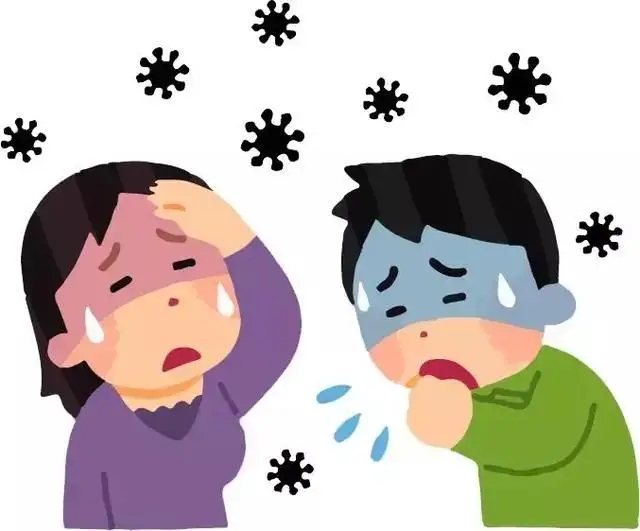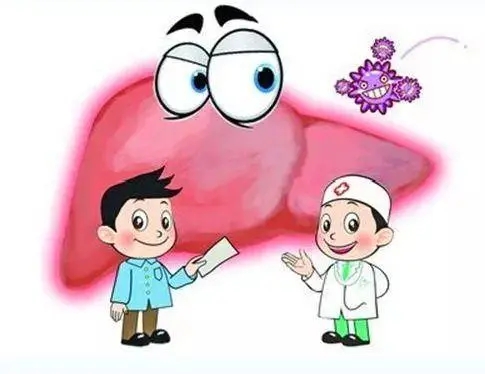1.Shanghai launched traditional Chinese patent medicines and simple preparations and non drug therapy to help people fight against spring flu.
Shanghai Municipal Administration of Traditional Chinese Medicine disclosed on the 5th that the National Base for the Prevention and Control of Chinese Medicine Epidemic Diseases (Shanghai) took the lead in formulating the Chinese Medicine Prevention and Control Plan for the 2023 Spring Influenza in Shanghai (Trial) (hereinafter referred to as the plan), proposed the understanding of Chinese medicine on influenza, formulated Chinese medicine prescriptions for adults and children based on syndrome differentiation, and launched several traditional Chinese patent medicines and simple preparations and non drug therapies for influenza prevention and control.
In winter and spring, the climate is warm and cold, the temperature difference between day and night is fluctuating, and seasonal infectious diseases have entered a high incidence and epidemic period. Recently, the number of patients with influenza A and other diseases received by major hospitals in Shanghai has increased. The plan aims to give full play to the characteristics and advantages of traditional Chinese medicine in the prevention and treatment of influenza.
Zhang Wei, one of the authors of the plan, the deputy leader of the COVID-19 Expert Group for Traditional Chinese Medicine Treatment and the director of the Pulmonary Disease Department of Shuguang Hospital, believes that the development of influenza (influenza) is mostly self limiting. Some weak children and elderly people with underlying diseases can cause other complications due to exogenous diseases, which is the focus of the prevention and treatment of traditional Chinese medicine and western medicine. He told reporters that traditional Chinese medicine believes that influenza belongs to the current cold category. According to the traditional understanding, the diagnosis and treatment are mainly based on the syndrome differentiation system and treatment methods of the six meridians, the syndrome differentiation of Weiqi and Yingxue, and the syndrome differentiation system and treatment method of the three jiao, and the attention is paid to the combined application of strengthening and eliminating pathogenic factors by stages and stages.
“Influenza is mostly self limiting and can be cured in a short time after general symptomatic treatment and TCM intervention.” Zhang Wei pointed out that, in addition to the traditional Chinese patent medicines and simple preparations recommended in the scheme, major TCM hospitals in Shanghai have rich experience in the diagnosis and treatment of influenza, as well as a series of hospital preparations and prescriptions.
It is reported that the recent transmission is mainly H1N1. Compared with the common cold, it is highly infectious, has a higher degree of fever and lasts longer, has more obvious systemic symptoms, and has a longer course of disease.
Xue Zheng, the author of the Children’s Program and the director of the Department of Pediatrics of Shanghai Municipal Hospital of Traditional Chinese Medicine, believes that children younger than 5 years old are susceptible to influenza. Children are susceptible to influenza and have severe symptoms because of their delicate lungs. Traditional Chinese medicine plays a very good role in the prevention and treatment of influenza in children, especially in the treatment of influenza A, which can inhibit the spread and depth of the virus, rapidly improve symptoms, and has a broad spectrum. Pediatrics in major Chinese and Western hospitals also have mature hospital preparations widely used in clinical.
The plan has formulated the traditional Chinese medicine agreement prescription and traditional Chinese patent medicines and simple preparations for children’s influenza treatment, and also proposed a series of simple and inexpensive external treatment methods of traditional Chinese medicine. Parents can carry out traditional Chinese medicine intervention through external treatment methods such as dietotherapy, massage, ear points, application and incense pendant therapy to help children improve symptoms faster and recover health as soon as possible.
2.Scientific researchers found a series of anti-hepatoma active ingredients from the medicinal plant Artemisia annua.
The Kunming Institute of Botany, Chinese Academy of Sciences, announced on the 21st that Chen Jijun’s research team had found a series of novel sesquiterpene dimers with anti liver cancer activity from the medicinal plant Artemisia scoparia. Relevant research results were recently published in the internationally famous journal Signal Transmission and Targeted Therapy.
Liver cancer is a malignant tumor that seriously threatens human health. Every year, the number of new cases of liver cancer in the world exceeds 840000, and the number of deaths caused by liver cancer reaches 780000, while about 50% of new cases occur in China. At present, there are four tyrosine kinase inhibitors, sorafenib, regafinil, lovatinib and cabotinib, one vascular endothelial growth factor receptor 2 antagonist, ramolumab, and two PD-1 inhibitors, navumab and pamuzumab, which are used in the clinical treatment of liver cancer, but the structural type is relatively simple and easy to produce drug resistance.
In recent years, Chen Jijun’s research team has been committed to searching for anti-hepatoma lead compounds and innovative drugs with unique structure and novel mechanism of action from Artemisia plants, and has successfully established a separation method combining the directional recognition of sesquiterpene dimers in Artemisia plants with the tracking of anti-hepatoma activity. This study found for the first time that the extract of Artemisia annua has strong inhibitory activity on three hepatoma cells, and for the first time, 36 novel sesquiterpene dimers of 9 structural types – Artemisia annua A1-A3, B1-B2, C1-C4, D, E, F1-F15, G1-G8, H and I were isolated from the active part of Artemisia annua.
Further studies showed that among the 36 novel sesquiterpene dimers, the activity of artemisinin G5 and G7 was the best, which was equivalent to the first-line clinical anti-hepatoma drug sorafenib; In addition, southern artemisinin G7 showed better selectivity and safety than sorafenib for THLE-2 in normal liver cells; At the same time, southern artemisinin G7 can also inhibit the proliferation of HepG2 cells by inhibiting the invasion and migration of hepatoma cells, inducing apoptosis and blocking G2/M cell cycle.
This study revealed for the first time a series of sesquiterpene dimers with novel skeleton and diverse structure in Artemisia annua, enriched the structural types of sesquiterpene dimers in Artemisia plants, and provided a variety of candidate molecules and important pharmacological basis for the research of new anti-hepatoma drugs.
To date, Chen Jijun’s research team has isolated and identified 122 novel sesquiterpenoid dimers with anti-hepatoma activity from Artemisia australis, Artemisia sinica, Artemisia medinalis, Artemisia cowtail and Artemisia mongolica, accounting for 52% of the total number of 234 sesquiterpenoid dimers reported by Artemisia plants in the world.
JinDun Medical has long-term scientific research cooperation and technology grafting with Chinese universities. With Jiangsu’s rich medical resources, it has long-term trade relations with India, Southeast Asia, South Korea, Japan and other markets. It also provides market and sales services in the whole process from intermediate to finished product API. Utilize the accumulated resources of Yangshi Chemical in fluorine chemistry to provide special chemical customization services for partners. Provide process innovation and impurity research services to target customers.
JinDun Medical insists on creating a team with dreams, making products with dignity, meticulous, rigorous, and go all out to be a trusted partner and friend of customers!One stop solution providers, customized R&D and customized production services for pharmaceutical intermediates and APIs, professional customized pharmaceutical production (CMO) and customized pharmaceutical R&D and production (CDMO) service providers.
Post time: Mar-30-2023



